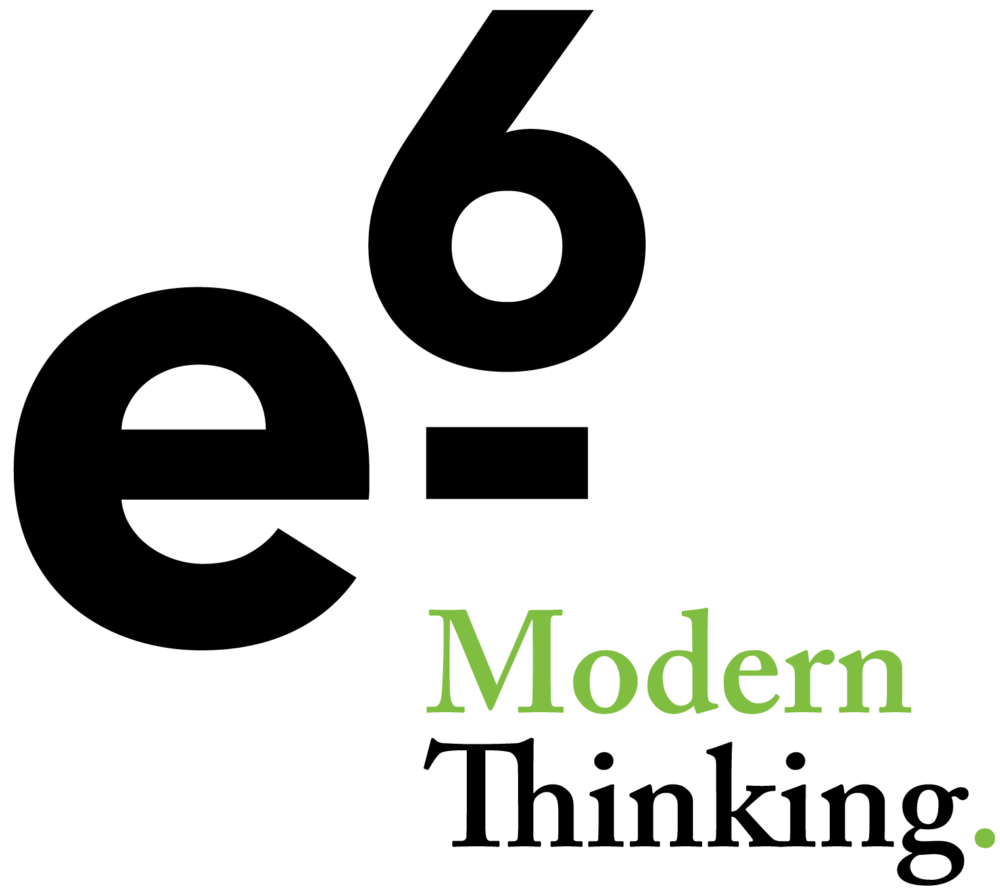- Increased borrowing costs and a higher level of debt service
Impacts cash flow and profitability, in particular those with debt instruments tied to prime rates. For example, an organization with an operating loan will see an immediate increase in their interest costs. Options to counter this could include decreasing inventory on hand and collecting receivables faster if both are tied to debt obligations. Ex: just-in-time inventory system. Require proper planning, especially in today’s supply chain.
- Investment decisions
Making investments in your business via debt instruments can be discouraging as the higher level of debt reduces the net present value of an investment. Businesses need to prepare a cash flow forecast to ensure future debt as a result of investment can be serviced. We recommend exploring multiple financing options and strategies to ensure the best alignment for your business. Understand and plan for your obligations.
- Consumers are impacted by rate hikes and this leads to less disposable income. As a result, B2C organizations may see a reduction in sales
We recommend forecasting and monitoring demand to ensure that you understand your breakeven point. Industries that could be most impacted are retail, entertainment, and hospitality (non-essential spending).
- Impact on cross-border trade
Rising interest rates can increase a currency’s value relative to global markets. When the Canadian dollar increases relative to a foreign currency, a business’ international buyer will require a greater amount of foreign currency to purchase Canadian goods or services. As such the international buyer may pursue other options thus decreasing demand for Canadian businesses goods and services.
Strategies to mitigate could be to diversify your export market, adapt pricing strategies, solidify your foreign exchange policy, and ensure your cross-border contracts are strong. Reach out to e6 today for support with financial planning for your business.

